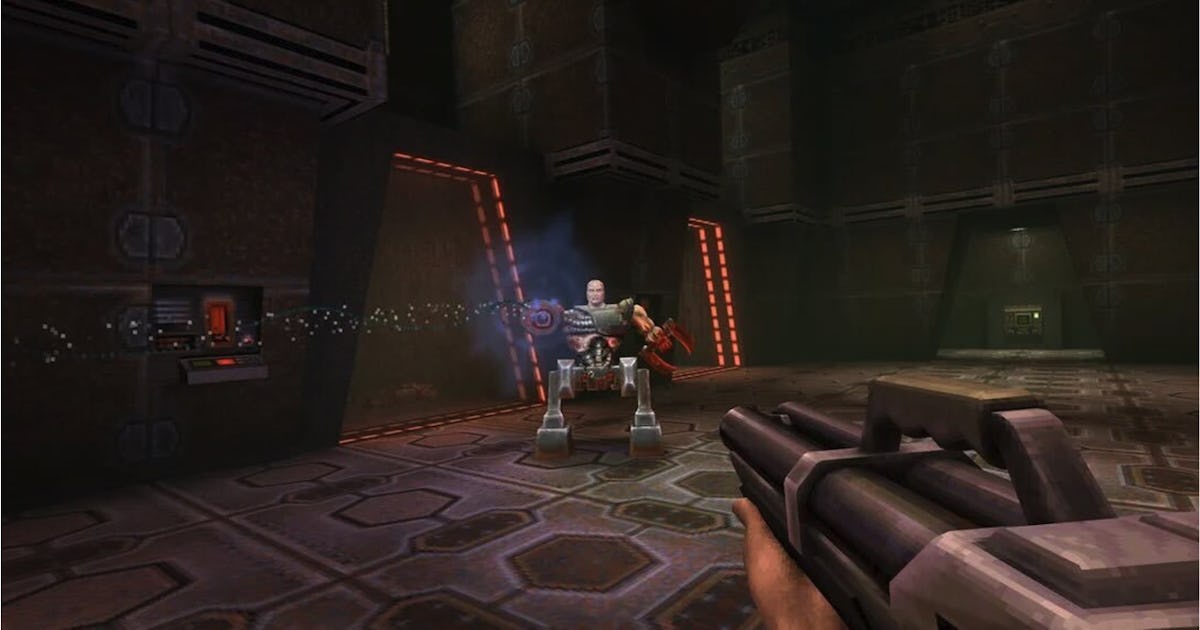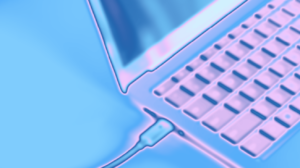Microsoft’s Unintentional Evidence That Generative AI May Not Be the Future of Gaming

Microsoft’s Generative AI Demo and its Impact on Gaming
Microsoft and Nintendo’s Collaboration
Recently, Microsoft has strengthened its partnership with Nintendo, a move that has caught attention in the gaming community. At a time when the scrutiny surrounding Nintendo’s upcoming Switch 2 was intensifying, Microsoft introduced a generative AI demo that quickly overshadowed the conversation. This demo, which attempted to reimagine the classic game Quake II, aimed to showcase the potential of generative AI in game development. However, it has instead highlighted several shortcomings of the technology and raised concerns within the gaming industry.
What is the Generative AI Demo?
The technology demo, branded as "AI-powered gaming experience," utilizes Microsoft’s Muse AI model to create dynamic gameplay sequences inspired by Quake II. Yet, the execution leaves much to be desired. Despite being marketed as a reimagined version of the classic shooter, it is neither a direct port nor a fully cohesive gaming experience. Instead, it presents a disjointed compilation that fails to capture the essence of Quake II.
Key Features of the Demo
- Dynamic Gameplay: The demo aims to offer gameplay sequences that evolve as players interact. However, it lacks coherence and consistency.
- Visual Representation: While the graphics might echo the aesthetic of Quake II, they do not maintain fidelity or depth, feeling more like a shallow imitation than an inspired remake.
The Shortcomings of Generative AI in Gaming
One of the most significant critiques of Microsoft’s demo centers around its structural flaws. The Muse AI model attempts to generate each frame based solely on what is presently displayed, resulting in an unpredictable gaming environment. Players can witness this inconsistency firsthand: if they look away and then back, the environment regenerates—typically producing a completely different room.
Issues Noted with the Demo
- Poor Frame Rates: Many users have reported experiencing lag and a low frame rate, decreasing the overall enjoyment.
- Inconsistent Gameplay: Unlike traditional games where mechanics and environments are governed by specific rules, this demo creates a disjointed experience that could confuse and frustrate players.
- Lack of Coherence: The demo’s inability to maintain a stable game environment highlights a fundamental limitation of generative AI in gaming.
The Environmental Impact of AI
Another significant critique comes from the energy consumption associated with training AI models. Game developer Mikołaj Kamiński, known as Sos Sosowski, estimated that the training for running this demo could have required up to three megawatts of power. This level of energy consumption raises concerns, especially when considering the ecological footprint of developing applications that do not deliver satisfactory results.
Future Implications for Game Development
Microsoft promotes its generative AI demo as a step toward new gaming experiences, emphasizing the desire to innovate within the industry. However, critics argue that the current limitations of generative AI reveal a more troubling trajectory: the potential to replace human game developers with machines. While the promise of AI in transforming gaming is significant, the effectiveness and quality of such implementations remain questionable.
Key Concerns
- Job Displacement: There is a growing worry that advancements in AI might lead to reduced opportunities for human developers.
- Quality Control: As AI-generated content lacks the nuanced understanding and creativity that humans bring, relying on these systems could lower the overall quality of games.
Overall, the generative AI demo from Microsoft serves as an important reminder of the current limitations of the technology. While it may generate buzz and showcase innovation, it also highlights a larger issue within the gaming community regarding quality, consistency, and the future role of AI in game development. As the industry continues to evolve, the balance between technological advancement and the value of human creativity will be crucial in shaping the way forward.






